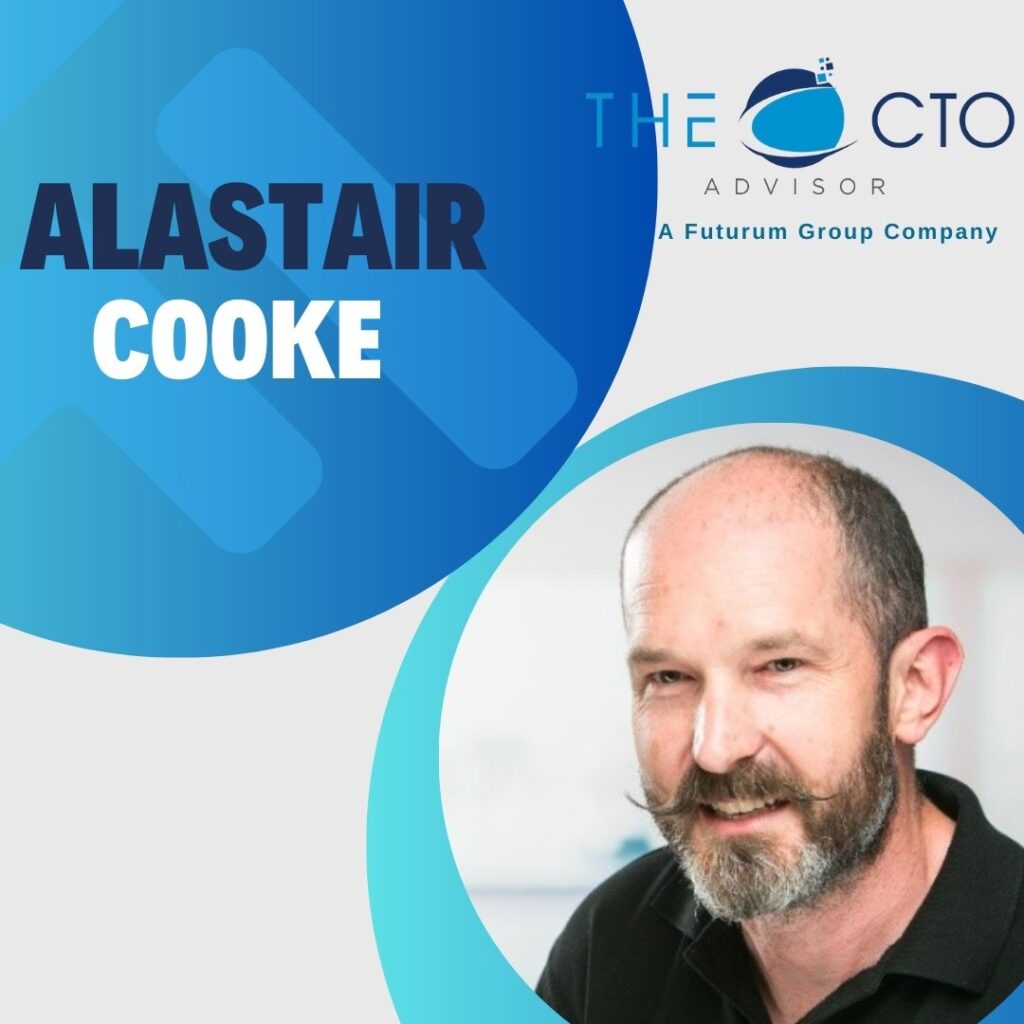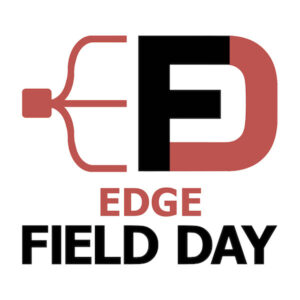Words mean things, so defining what I mean by some words is important. I talked with Charles Uneze about definitions of edge computing and feel that it is important to have a framework for discussing edge and its older cousin, the Internet of Things (IoT). Our discussion was triggered by the upcoming Edge Field Day event.
Other Edges
I do want to limit this discussion to edge compute because edge means other things to other audiences. For example, edge networks have been a part of network design for many years, differentiating the edge where user devices connect from the core where centralized computing occurs. There is also quite a lot of overlap between my far-edge definition and the Remote Office/Branch Office (ROBO) category we have had for a while. The major difference with the edge is that IT staff almost never visit edge locations, whereas ROBO locations might get annual or quarterly visits from IT staff for updates and upgrades.
I tend to think of edge compute to handle applications that do not suit centralization because the network characteristics would impact the application if it were centralized. For example, network latency might mean an autonomous car took too long to recognize a hazard and crashed. Even worse, what if there was a network black spot & the car could not talk to the cloud service? There are also a lot of use cases where the cost of data transfer is high, so local processing can reduce the amount of data transferred and, therefore the overall cost. This distributed processing means that edge deployments usually comprise many almost identical deployments. Often the data generated or processed at edge locations will be persisted in a cloud or on-premises location to get more long-term value. The processing at the edge location is to make immediate decisions and to reduce the amount of data sent back to the central location. Even within edge compute, there is a lot of variation. I like the idea of dividing into near-edge, and far-edge compute, both of which pair well with IoT.
Near-Edge
Near-edge is a data center with server racks, environmental control, physical security, and power protection. It isn’t your data center; it belongs to a service provider and has racks of servers belonging to other clients of the provider. It may be that the service provider is a telco or a hosting provider. Often the only IT staff that visit near-edge locations are the provider’s staff, they perform any rack and stack operations for you, and your IT staff may never enter these data centers. A near-edge location provides a general-purpose computing platform, often VMs and, increasingly, Kubernetes in VMs. Capacity planning for near-edge locations is usually trend based, with additional servers added if there is insufficient capacity.
Far-Edge
Far-edge is not a data center; it can be hot and dusty; it might be in a public place like a photo printing kiosk, retail store counter, factory floor, or delivery truck. The computers at far-edge locations are smaller and more rugged to suit their location, with a hardware configuration that is dictated by the applications required at the location. A far-edge location might run a combination of VMs with installed software and containers. However, the resource requirements for Kubernetes might outweigh its value, so simple container deployment is more common at far-edge. The hardware at far-edge locations is expensive to upgrade or replace. Application updates or new applications often must fit inside the existing hardware configuration at the far-edge location. If there are staff at the far-edge location, they are your staff, but they are not IT staff; they might be a delivery driver or the oil drilling rig hands. When you have hundreds, or thousands, of far-edge locations, your IT staff should never need to go to these locations.
IoT
The Internet of Things (IoT) is a device, usually running a single application and generating or receiving data without human intervention. An air quality sensor, a temperature sensor, and a digital sign are all IoT devices. Often several of these IoT devices will generate data which is then consolidated and analyzed at an edge location. Because the device runs only a single application, the hardware configuration is driven by that application. An IoT device might be a microcontroller or an embedded PC with relatively limited compute power but also requiring little power and cooling.
Edge Population
Edge is highly distributed, with many sites and many devices. For example, an enterprise organization might have ten major on-premises data centers or be in a dozen public cloud locations. The same organization may have a hundred near-edge locations and several thousand far-edge locations with tens of thousands of IoT devices across these locations.
Simply calling something edge with no qualification isn’t very helpful. To understand solutions for edge requirements, it is important to recognize that edge isn’t a single thing, and more description and detail will be required. Hopefully, these definitions of near-edge, far-edge, and IoT will help frame a better discussion.










 RSS - Posts
RSS - Posts